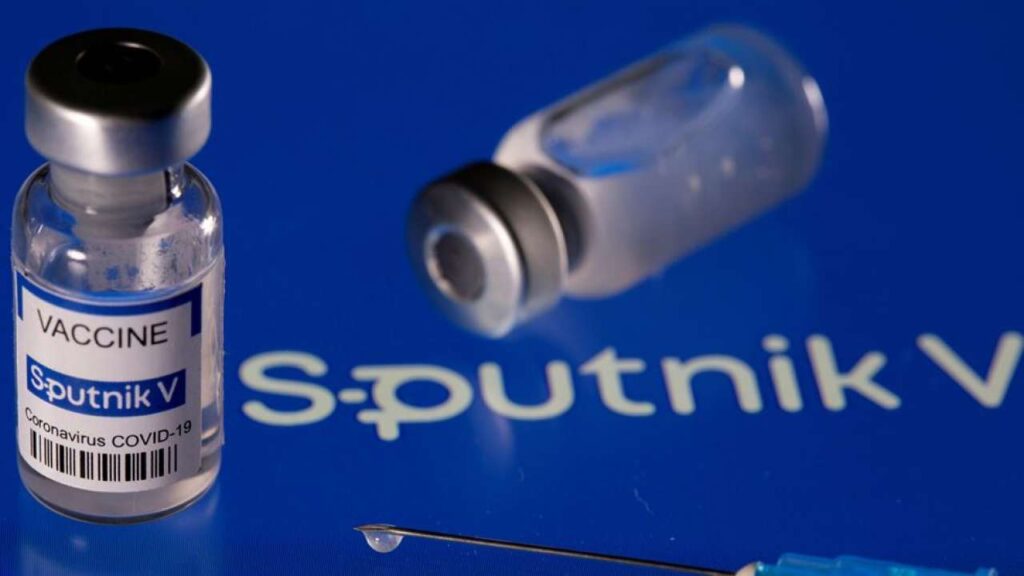Russia’s Sputnik vaccine for COVID-19 has arrived in India, and sales could begin as soon as next week, according to NITI Aayog member Dr. VK Paul (May 13).
He predicted that the small availability of Sputnik vaccine doses that arrived from Russia would be available in the market the next week.
“India has received the Sputnik vaccine. I’m pleased to report that we expect it to be available in the market next week. We’re hoping that the selling of the small supply that has arrived from there (Russia) will start next week,” Dr. VK Paul said.
He stated that development of the vaccine would begin in India in July.
“Further supply will also be forthcoming. Its development will begin in July, with an estimated 15.6 crore doses produced during that time,” he said.
Concerning other vaccine candidates such as Pfizer, Moderna, and Johnson & Johnson, Dr. Paul said that the authorities are in close contact with the manufacturers and that substantial progress is expected in the third quarter of the year.
“From the outset, the Department of Biotechnology, other divisions involved, and MEA have been in contact with Pfizer, Moderna, and Johnson & Johnson. They were formally asked if they wanted to give doses to or produce in India, and if so, Dr. Paul said, “We’ll find collaborators and assist.”
“We had mentioned that they are operating in their own way and that vaccine supply will be discussed in Q3, 2021. We are connected to them. I’m hoping they’ll take the initiative to improve supply in India,” he said.
“In all, 216 crore doses of vaccines will be produced in India between August and December – for both India and Indians. “There should be no question the vaccination will be available for everyone as time goes on,” Dr. Paul said.
“Any vaccine that has been authorized by the FDA or That may enter India. The import license will be issued in 1-2 days. “No import license is pending,” he said.
He claimed that 18 crore vaccine doses have been administered in the country so far, placing India third in the world in this regard.
“We are pleased to inform you that one-third of people aged 45 and up is safe. This age demographic accounts for 88 percent of all deaths. So you can imagine how much of a difference it would have made to reduce this population’s chance of death,” he added.





